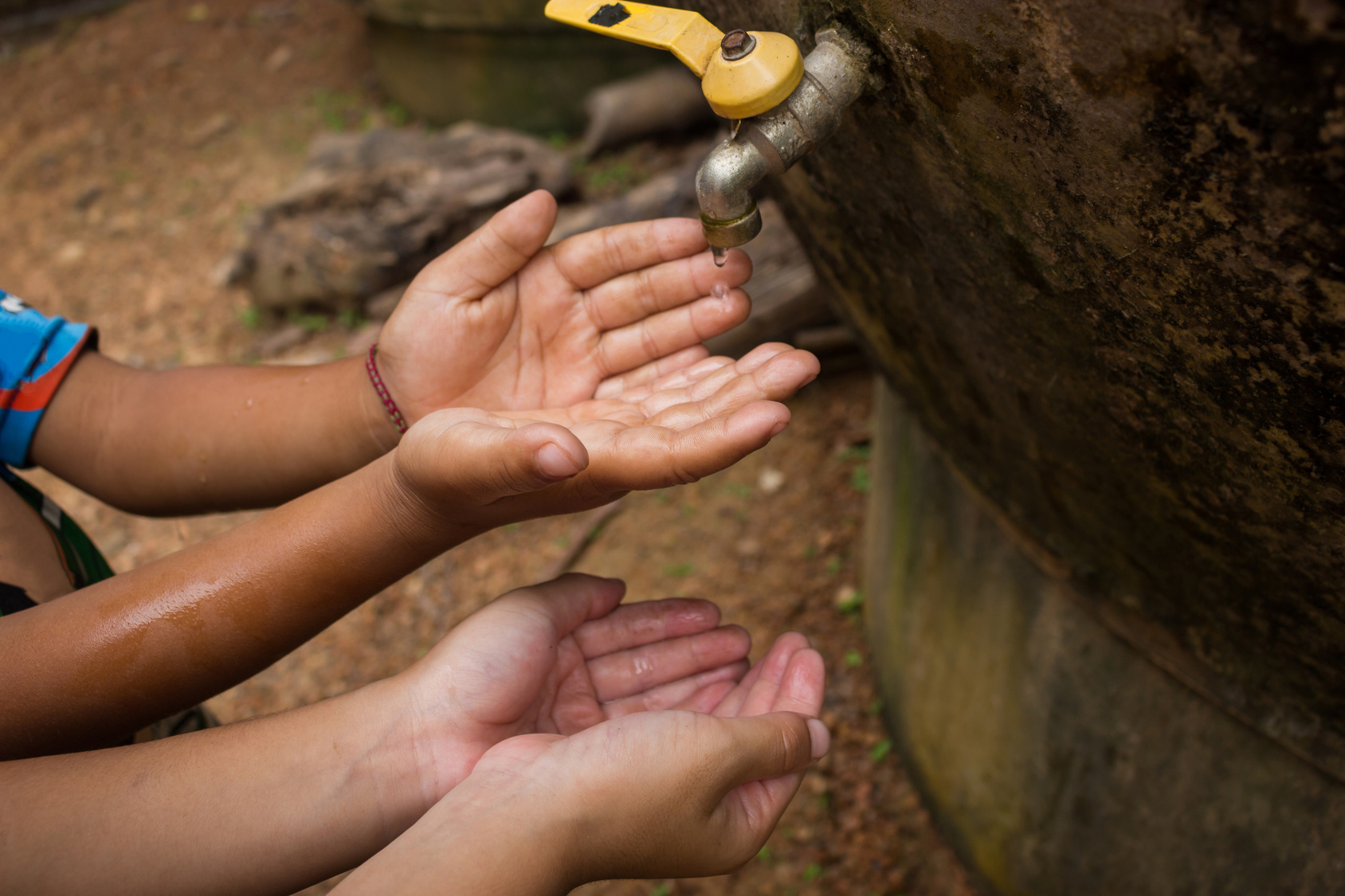Most of us are aware of the problems Cape Town, South Africa, was grappling with last year. For weeks on end, residents were unsure if they would have any water the next day. If not, that would mean they had reached “Day Zero.”
This was possibly the first time in history that such a large city, with nearly four million residents, inched toward totally being without water for drinking, irrigation, bathing, and, we must add, toilet flushing.
Why must we add “toilet flushing?” To point out that just because Cape Town escaped Day Zero, that does not mean that other parts of Africa are not suffering from drought. In fact, in some areas of Africa, people can no longer flush their toilets without being fined.
Photo by Andrea Davis on Unsplash
For instance, in Bulawayo, the second-largest city in Zimbabwe with more than 700,000 residents, people can only flush them once per week. Residents gather around their toilets at 8 p.m. each Monday to perform what is called the Big Flush. That’s the only day they can flush their toilets.
Right now, and receiving very little attention, more than 45 million people in Africa face what the United Nations calls a “water and food crisis.” Corn harvests have been ravaged. Many people now live on wild plants and roots. In Namibia, it is estimated that 30,000 cows have died due to the drought, along with some 200 elephants.
The causes of climate change, we will not discuss here. But experts, including U.N. representatives, report climate change is the cause. Further, some of these “are developing countries that can least afford the consequences” of climate change, according to Zambian President Edgar Lungu.
However, there is more than just climate change at play here in Africa. Growing populations have accelerated deforestation. The forests acted like giant sponges, absorbing carbon dioxide and heat-trapping gasses. Because they are gone, some of the fasted growing regions of Africa are now experiencing the hottest summers on record.
Further, when it comes to water, it is either feast or famine. While some areas are receiving the lowest rainfall since 1981, others are experiencing floods, some of the worst on record.
However, steps are being taken to address the situation. Agriculture is changing. More drought-resistant plants are being planted. Ways for harvesting water are being developed. This way, countries can store water that can be used for human consumption, irrigation, or flushing toilets. Further, many of these countries have groundwater resources, which are not being accessed.
All of this means that in many ways, Africa is becoming one of the world’s leading “water testing grounds.” Scientists and engineers from all over the world are looking into a variety of technologies that can reduce water consumption now and into the future. For instance, we already have waterless urinals replacing traditional urinals all over the world. Waterless toilets may be the next step.
If there is one thing we have learned about droughts and other water-related problems, many of them are challenges just waiting to be uncovered.
For more information on how to reduce water consumption and use water more efficiently, contact a Waterless Co Specialist















